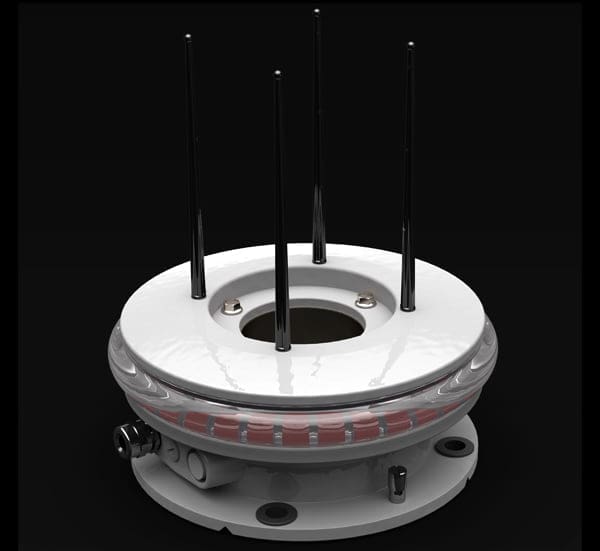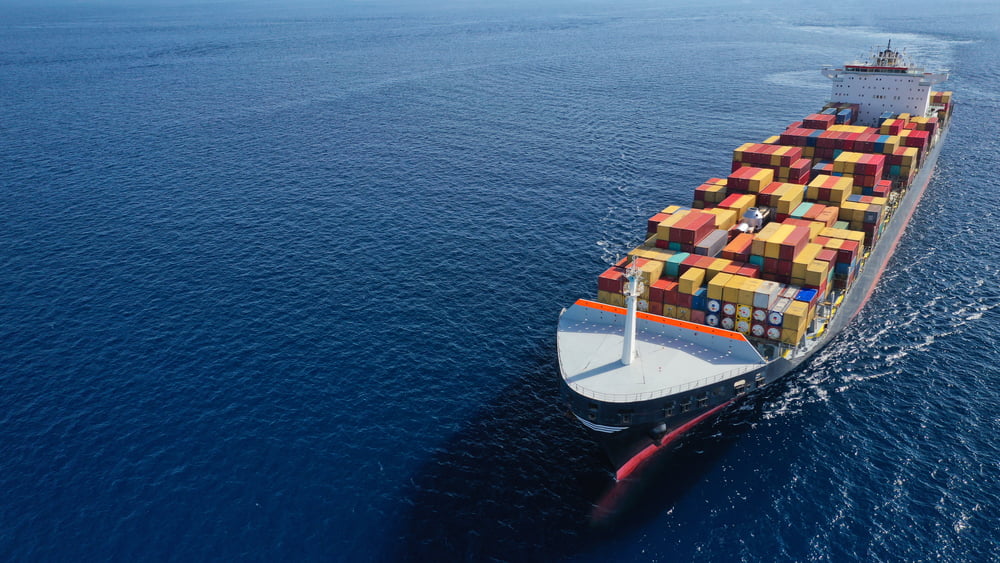Aids to navigation (AtoN) are typically fitted with lights, radar reflectors or fog signals for optimum visibility. But for these markers to remain effective, they must be efficiently powered by a reliable source.
Many LED marine navigation lights operate from a stabilised 12 V DC mains power supply. So, if you need high-intensity markers, like long-range navigation lights for onshore applications, mains power supplies may be the option for you.
But what about offshore applications where mains power is not suitable?
Installing solar power or battery-operated systems can create a low-maintenance, reliable power source ideal for inaccessible offshore locations.
Discover which power supply is most suitable for your AtoN requirements…
Mains power supplies
For nearshore applications, like implementing jetty mast systems, mains power supplies provide a stable DC output for optimum durability.
In coastal locations, your mains power supply can come up against harsh weather conditions. So, you should ensure it is guarded with waterproof enclosures to improve its lifespan and safety.
It is also essential to factor in the amount of current your mains power supply can handle. Running a suite of navigation lights throughout the night and day can consume a lot of battery capacity.
Typical reserve battery capacity is provided for two days — but this can depend on factors such as the type of light it is powering, the number of lights, the flash character and the light’s visible range.
Solar power supplies
 Whilst mains power supplies benefit nearshore locations, solar power supplies are suitable for both deep-water and onshore applications.
Whilst mains power supplies benefit nearshore locations, solar power supplies are suitable for both deep-water and onshore applications.
Under IALA guidelines, zone marking buoys — deployed at sea to help manage marine traffic and public safety — must be fitted with a durable, yellow flashing light. Lanterns with extremely low power consumption, like the Sabik LED 160, are ideal for this type of solar operation.
For onshore applications, the Mobilis PS 20, PS 55 and PS 95 are a series of self-contained solar power supplies — offering a convenient, maintenance-free alternative to conventional solar installations. Each power supply is fitted with a 20, 55 or 95-watt solar panel mounted to a marine-grade aluminium enclosure. These higher-powered solar power supplies are most effective for navigation lights or fog signals that provide visible ranges of up to 8 NM for better visibility.
Batteries and regulators
 For solar power supplies, fitting the correct solar panel and battery size is very important. The batteries must be the right size to allow the light to operate for several days — even when there is little or no solar input in the winter months.
For solar power supplies, fitting the correct solar panel and battery size is very important. The batteries must be the right size to allow the light to operate for several days — even when there is little or no solar input in the winter months.
Solar charge regulators are another critical part of a solar-powered system. The regulators allow the optimum charging of the batteries in winter whilst preventing them from being overcharged in summer, reducing their capacity and lifespan.
Whilst many fitted lights and fog signals have extremely low power consumption and are suitable for battery operation, more substantial lighting solutions may also require a regulator to maintain the light output.
A sophisticated solution is the PR 1010, which uses advanced electronics to learn the battery’s charge stage and predict the remaining amount.
Suitable for loads of up to 10 amperes, the PR 1010 also displays the state of charge, battery voltage, operational status and a detailed error report on its liquid crystal display. This battery regulator would be ideal for AtoN fitted with long-range lanterns like the Sabik VLB-44X or high-frequency fog signals, such as the FW 6 EX.
With so many navigation buoys and lighting options on the market, it can be hard to navigate which power supplies are suitable for your equipment. Get in touch at 01420 520374 or email sales@hydrosphere.co.uk to discuss bespoke solutions for your power requirements today.








